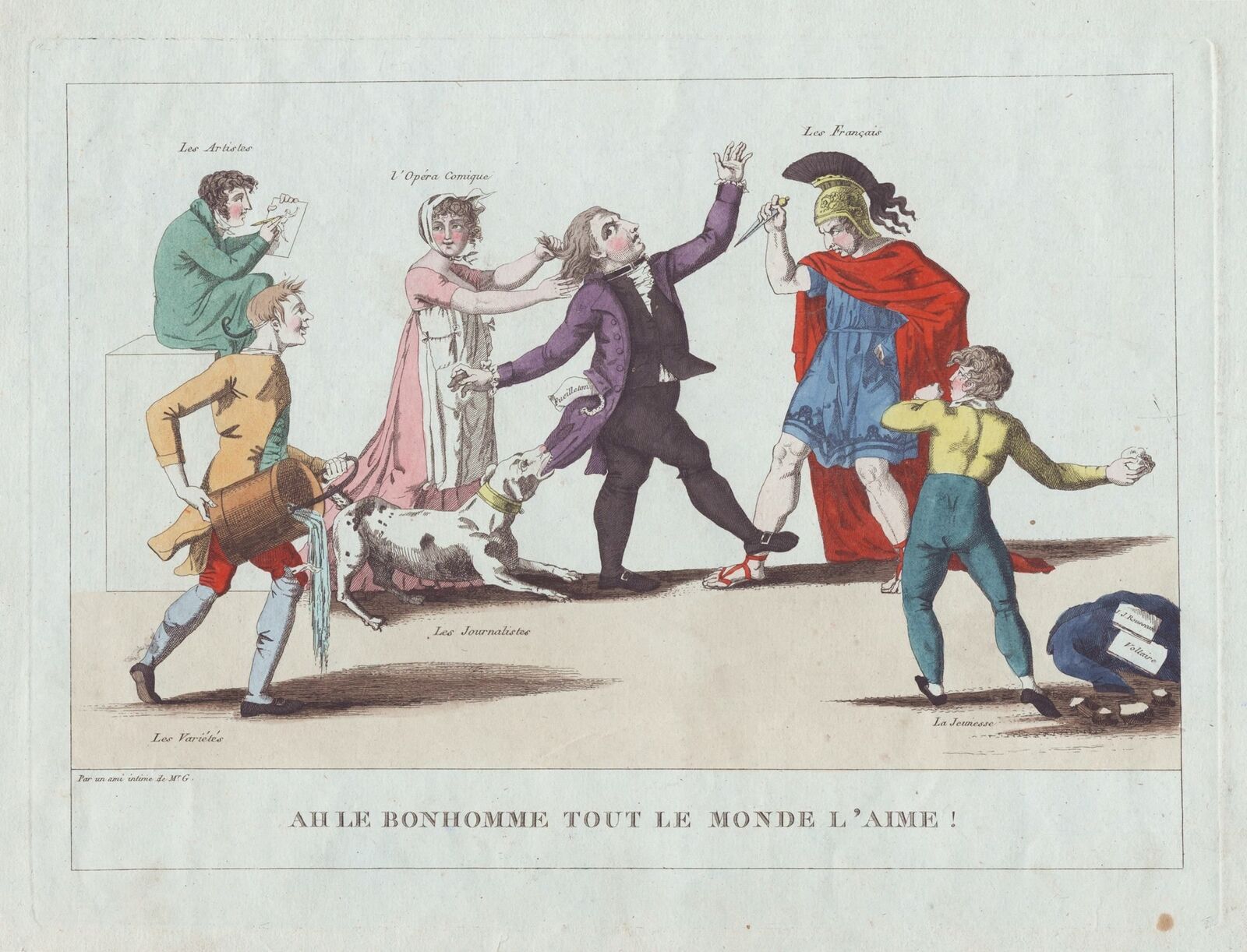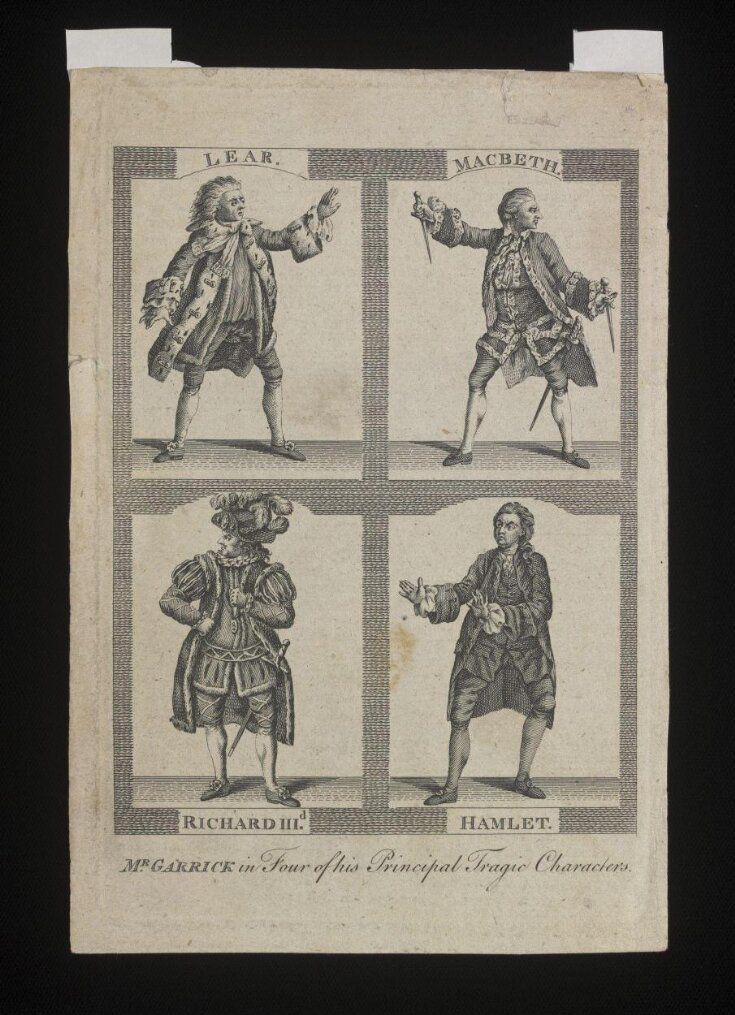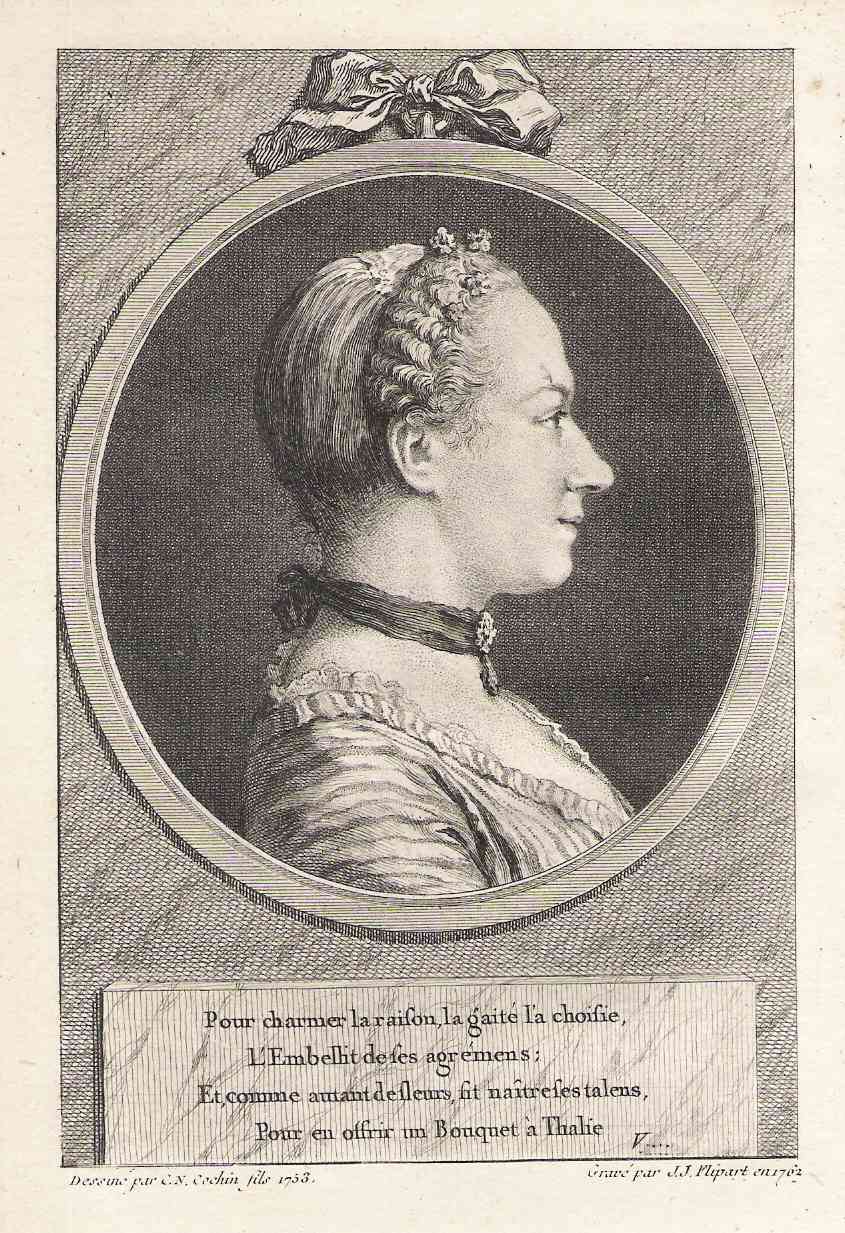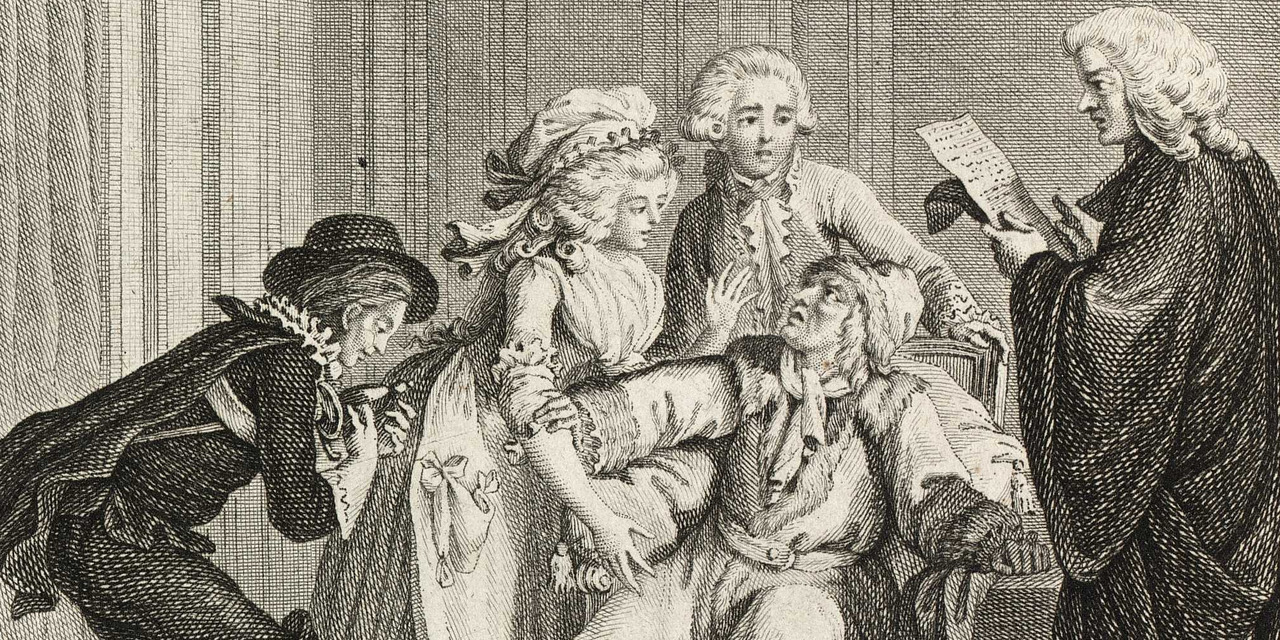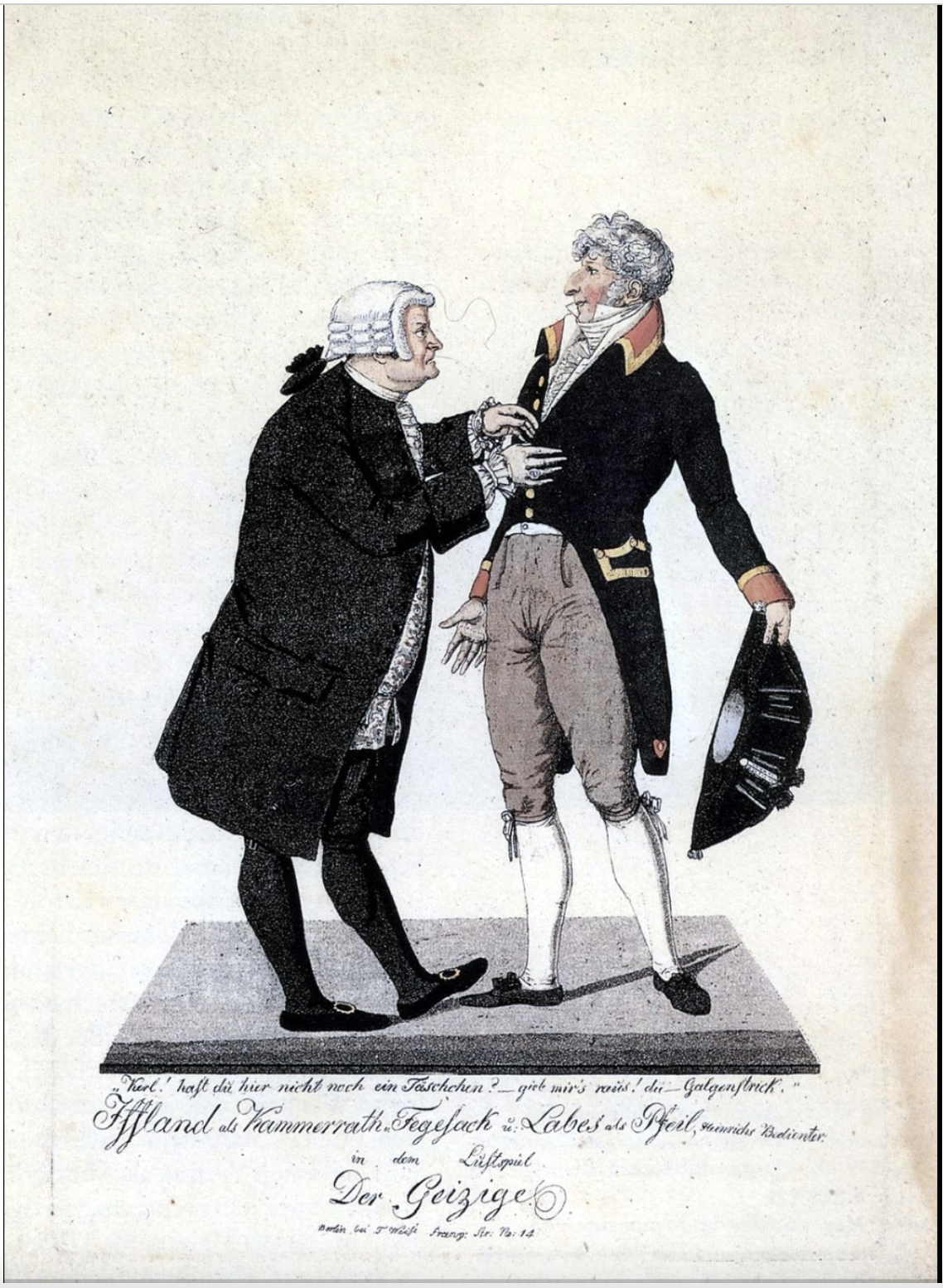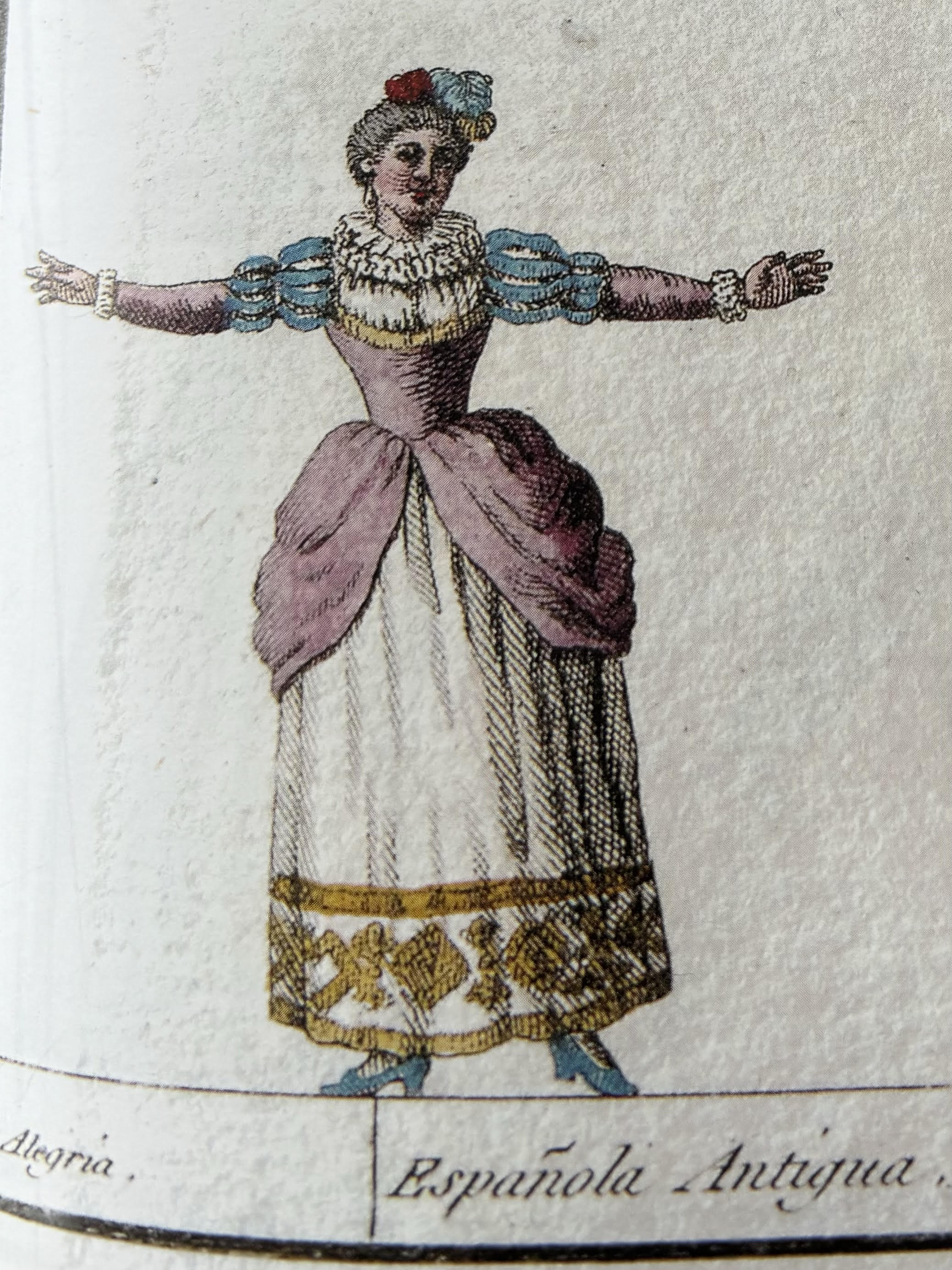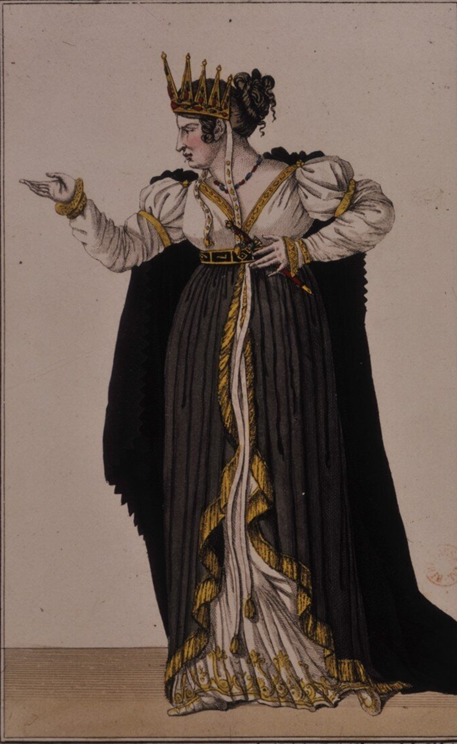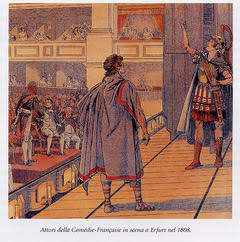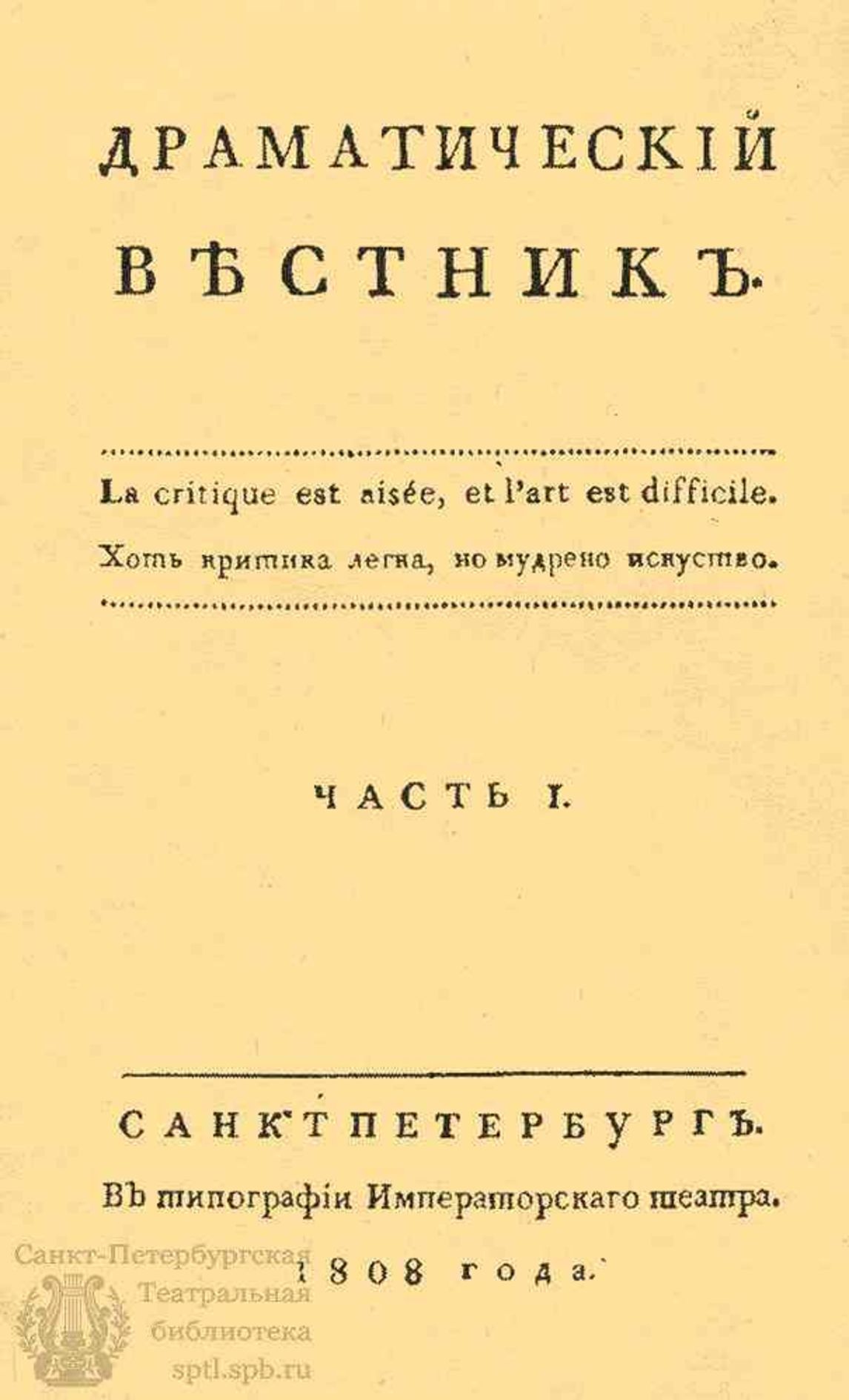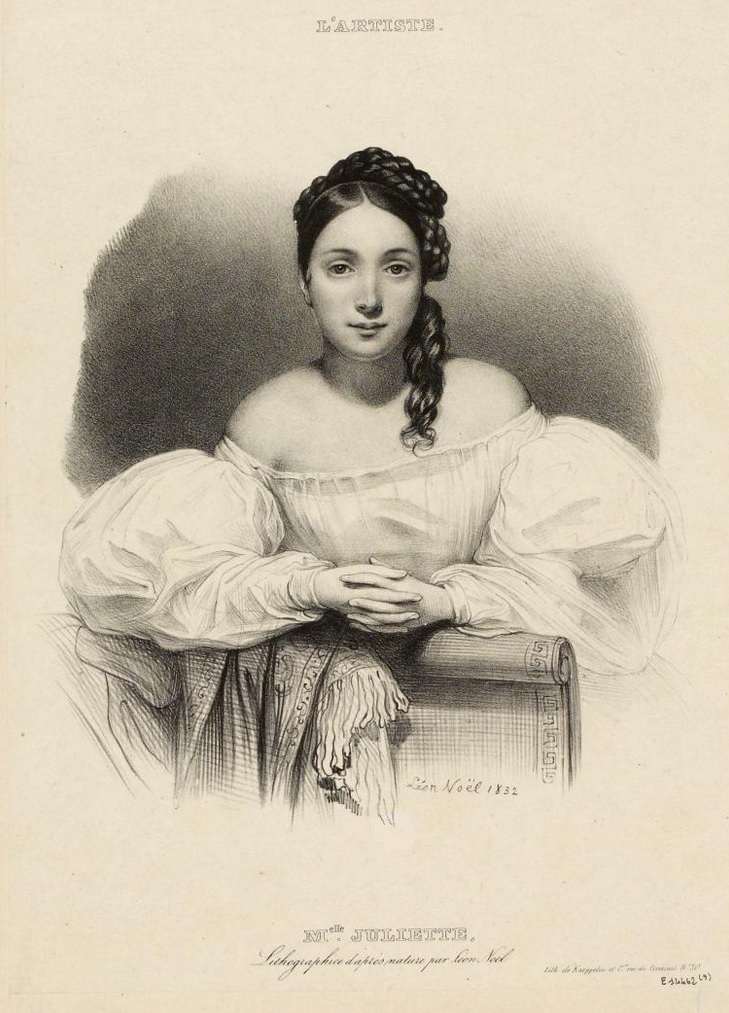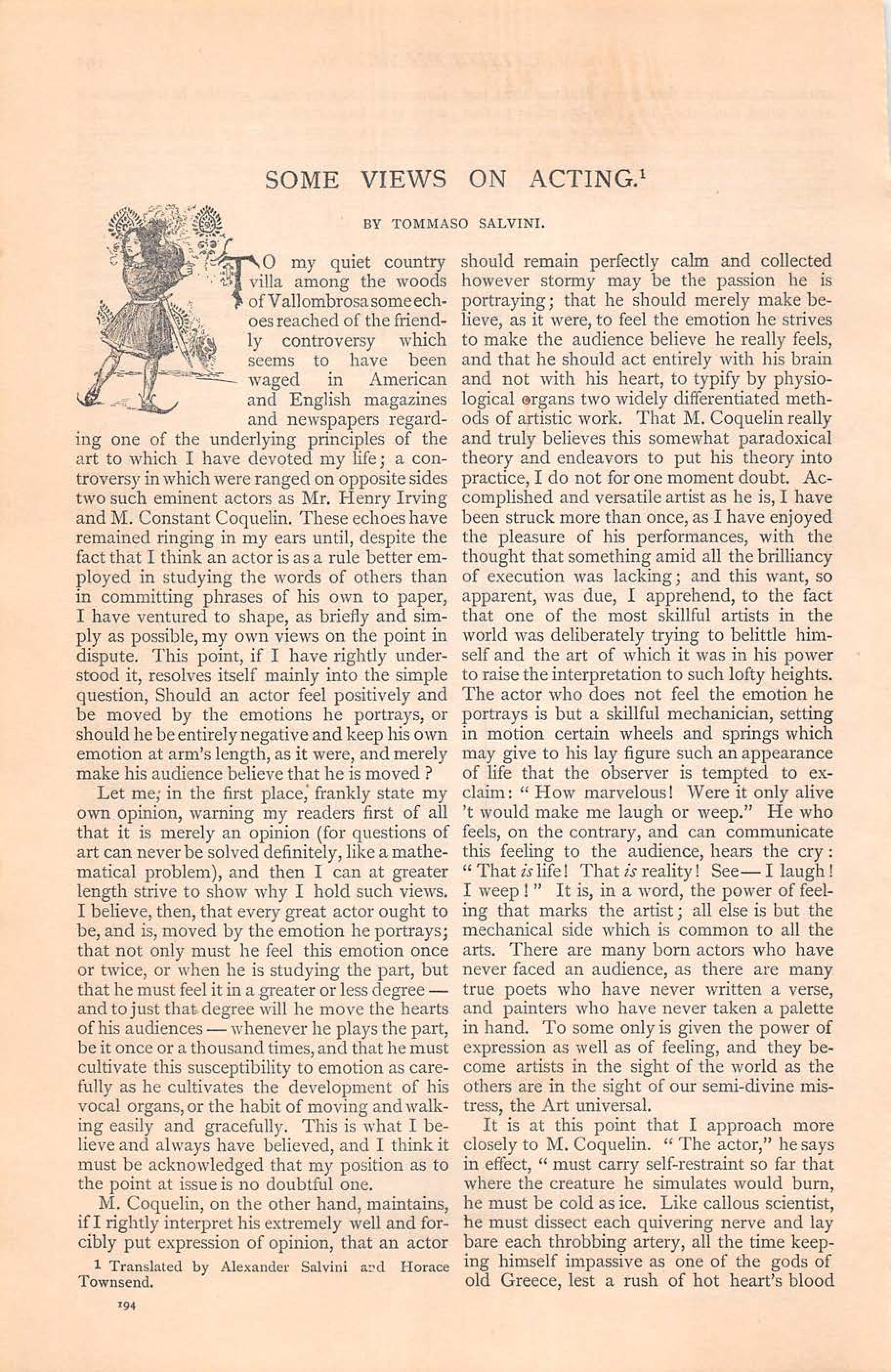No. 33 (2024): The Circulation of Actor Knowledge in 18th and 19th Century Europe
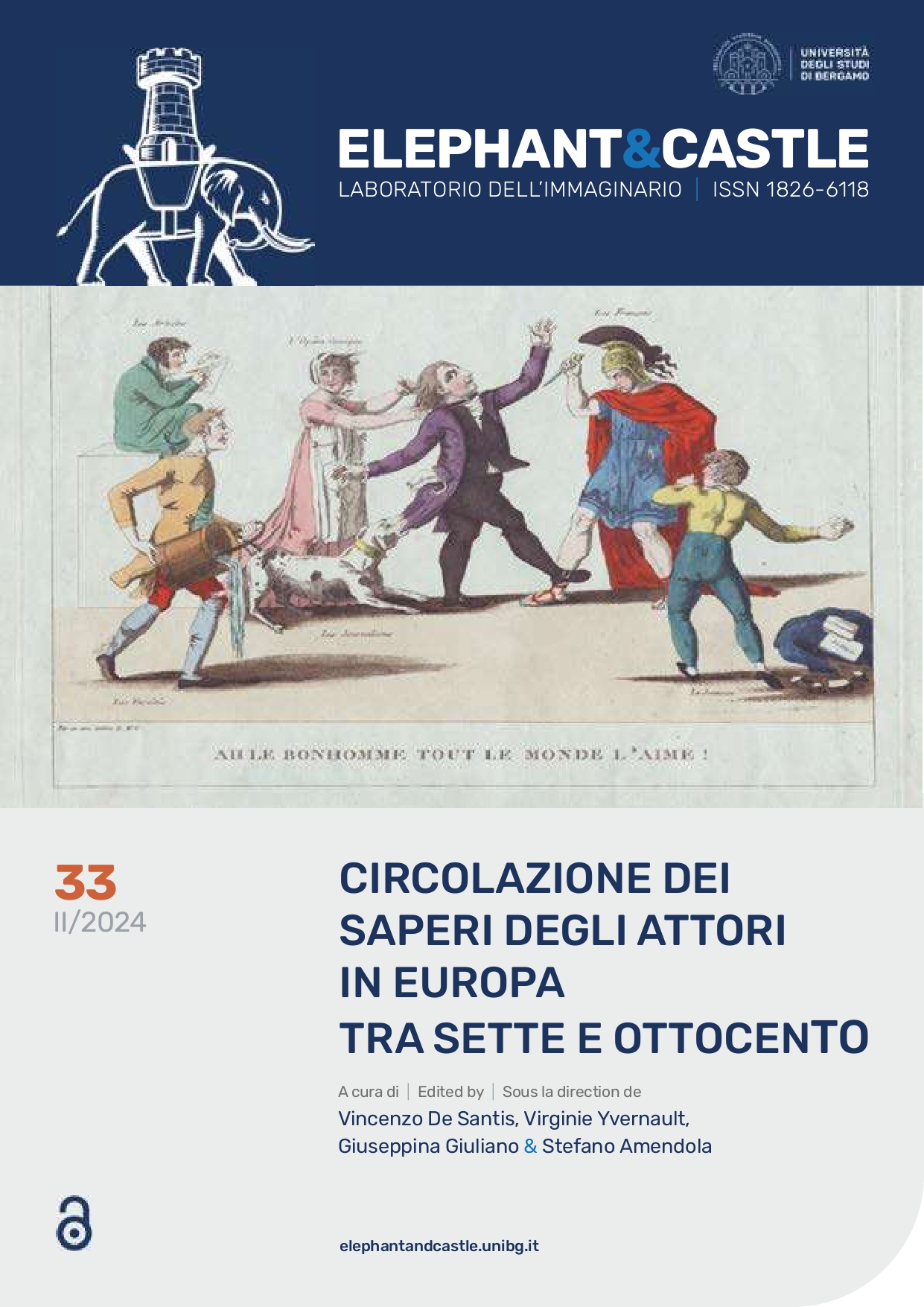
edited by Vincenzo De Santis (Università di Salerno), Virginie Yvernault (Sorbonne Université), Giuseppina Giuliano (Università di Salerno), Stefano Amendola (Università di Salerno)
Recent studies on 18th and 19th-century acting have effectively reconstructed national traditions and their evolutions across Europe, traced the careers of popular actors and their engagement with foreign cultures, and examined acting within social, historical, and media contexts. The Enlightenment era marked a pivotal shift in acting evolution, driven by increased attention to the visual and material aspects of theatre across Europe and exchanges with other knowledge fields. The proliferation of acting elevated the actor's craft to an art form on par with literary creation, recognizing actors as creators of unique artistic works. This newfound dignity is evident in portraits and iconographic representations, like Garrick's portrait by Pompeo Batoni, and continued into the 19th century with the industrialization of theatre and the rise of stardom. The studies presented here investigate the transmission and circulation of actor knowledge between France, Germany, England, Italy, Russia, and Spain during the 18th and 19th centuries, exploring themes such as translations and adaptations of acting treatises, international actor training, and the interplay between dramatic and other scientific knowledge.

